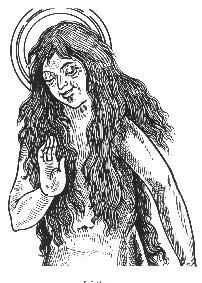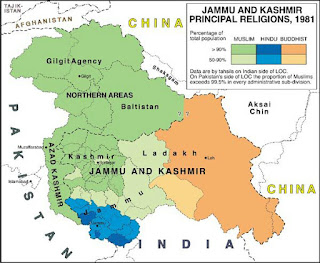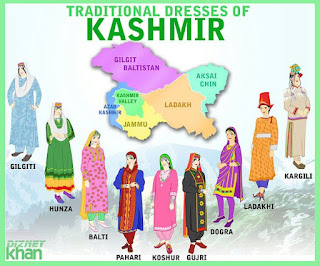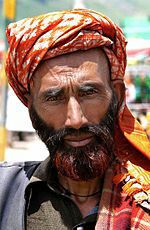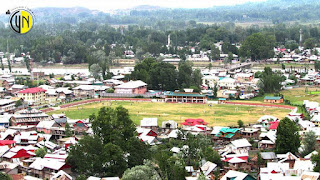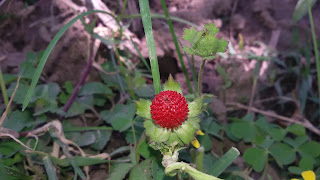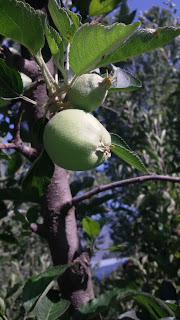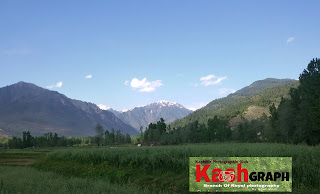Hamza Makhdoom
Hamza Makhdoom Kashmiri (1494–1563) – also called Mehboob-ul-Alam and popularly known as Makhdoom Sahib – was a 16th-century Sufi mystic, scholar and spiritual teacher living in Kashmir.[1] He is sometimes referred to as Sultan-ul-Arifeen. Hamza Makhdoom was born in the village of Tujar Sharief, Kashmir. His father was called Baba Usman and came from a Chandravanshi Rajput family.[1] According to tradition, teenage Hamza Makhdoom studied in the Shamsi Chak monastery for a year, and later studied jurisprudence, tradition, philosophy, logics, ethics and mysticism in a madrasa founded by Ismail Kubrawi. A prolific scholar and spiritual preacher, Hamza Makhdoom adhered to the tradition of Jalaluddin Bukhari.[1] He directed his teachings specifically to the followers of Shia Islam, and under his influence a part of Kashmir's population converted to the Hanafi fiqh. He died in Srinagar. His shrine there, located on the southern slope of Hari Parbat Hill and popularly called Makhdoom...

